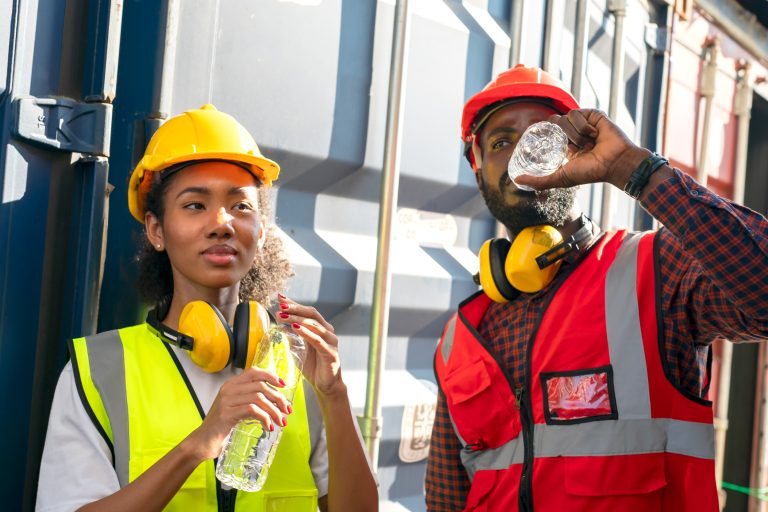Robots are here – and they’re already being put to good use in the construction industry.
We flagged automation as an industry trend to watch in 2022, and robots are a key part of this movement toward automated construction processes. Once an impractical dream, continuous technological advancements have brought robots into the present, where they are utilized by a variety of industries. This includes construction, where robots are deployed as useful tools that provide numerous benefits for human workers. Read on to learn how construction robots are transforming the industry.
Common Construction Robots
Though humanoid robots may come to mind first, there are many different kinds of construction robots in use, most of which do not resemble humanoids at all. Some common construction robots include single-task construction robots (STCRs), drones, automated vehicles, and exoskeletons.
Single-Task Construction Robots: STCRs are utilized for completing simple, repetitive tasks that are nevertheless crucial to the building process, like laying bricks and welding. They are also being increasingly used for additive manufacturing (3D printing).
Drones: A drone is an unmanned, remote-controlled aircraft. In construction, drones have many versatile uses, such as providing real-time project updates, completing aerial mapping, and improving site security.
Construction Vehicles: Heavy machinery – from bulldozers to excavators – is commonplace at construction sites, so it’s not surprising that automating these vehicles has proven handy. Automated construction vehicles can complete, or assist, in tasks ranging from digging trenches to pushing heavy materials.
Exoskeletons: Exoskeletons are wearable robotics devices that are placed on a person’s body to improve performance. This is accomplished through various methods, such as motorized joints, sensors, and hydraulics.
Why Use Robots?
Robots are automatically operated tools designed by humans to improve and advance human society. They are more efficient, resilient, and cost-effective than human workers, which is an obvious benefit to their use. Their presence effectively upgrades jobs available to humans and eliminates some of the daunting challenges facing workers today.
For instance, many of the tasks completed by robots in the construction industry are those that pose a clear safety threat to human workers. In an industry already rife with safety concerns, minimizing safety risks to human workers is essential, and robots are a major way this can be accomplished.
The same is true for simple, repetitive tasks. It is not necessary for a human to complete such tasks and placing robots in those roles frees human labour for more meaningful work. Many robots today are even built with a collaborative design, enabling certain processes to be automated while still requiring participation from skilled human counterparts. Deploying robots opens up opportunities for human advancement and innovation that could not otherwise exist.
Yes, robots are here – and that’s a good thing. They might just be one of the greatest modern tools of the construction industry.
Looking for a team to take the lead on your next project? At Pulse Construction, we’re committed to doing business with an honest, professional, and competitive approach – without compromising safety or schedules. Contact us today for all of your building needs.



